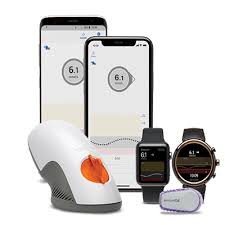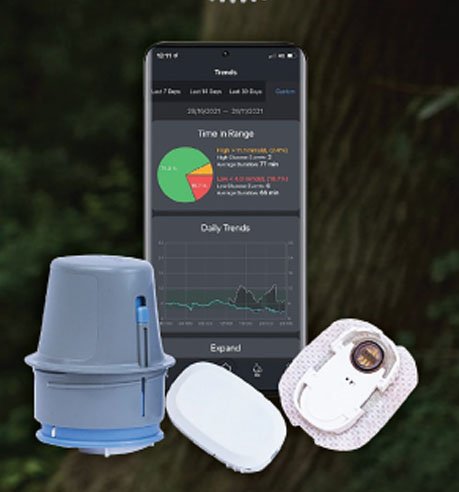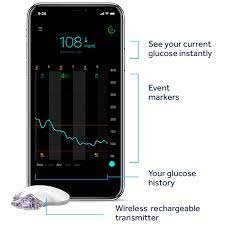About Continuous Glucose Monitors CGM?
This page was updated: 20th December 2023
Continuous Glucose Monitors (or CGMs) and Flash Glucose Monitors have been available for many years but with limited accessibility. However, this has changed dramatically, with well over 50% of the type 1 diabetes population in Ireland currently funded by the HSE for their CGMs.
Information on this webpage includes
A brief description of what CGMs are,
Information relating to CGM use with Insulin Pumps,
Link to a list of devices available in Ireland
Link to Getting a Glucose Sensor webpage
Additional Information about the components of CGMs
What are CGMs:
CGMs and Flash Glucose Monitors are worn on your body 24 hours per day, usually on the arm, but can be worn in other places.
CGMs take a glucose value every 5 minutes. The older Flash systems, which would have been the Freestyle Libre1, need to be scanned with a smartphone or reader device to access glucose information. However, the Libre 2 and 3 versions automatically transmit the information in the same way as CGMs.
These devices give the wearer an average blood glucose level and where it’s heading (trend arrow) for that hour. The Apps used with the devices can also provide pattern information as well as how much time the wearer spends within their target range and an Ambulatory Glucose Profile (AGP).
DiaTribe provides some excellent information on what an AGP is and lots more information on their webpage, “Making the most of your AGP”.
An AGP report is a single-page report that includes glucose statistics like time in range, a summary glucose profile, and daily glucose graphs.
One very important element of a CGM is always to remember the lag time. The glucose measurement provided by a CGM is taken from the fluid between skin cells (interstitial) and not from capillary blood in your fingertips like a finger stick meter. The reading from a CGM is approximately 5-10 minutes behind the reading from a glucose meter and is known as the lag time.
There are lots and lots of online articles on the benefits and disadvantages of using CGMs. Google will happily provide a list for you; however, Grainne at BloodSugarTrampoline has been using a CGM since November 2015 and has written several times about her experiences with it here, here and here.
CGMs and Insulin Pumps
Using a CGM does not mean that you have to use an insulin pump.
A CGM is a component of the Hybrid Closed-Loop insulin Pump systems available in Ireland but can be used without an insulin pump.
** It's worth remembering that using a CGM can be information overload and lead to more anxiety around managing your diabetes than before. Always remember that everybody's diabetes is different, and what works for you may not work for someone else!
What CGMs are available in Ireland
There are quite a few CGMs available and provided free to people with type 1 diabetes in Ireland. However, there are qualifying criteria that you must meet before the HSE will approve your CGM.
An up-to-date list of devices available can be found on the webpage linked in the button below labelled “CGMs Available in Ireland” and information on the Qualifying Criteria linked in the button labelled “Getting a CGM”.
Additional Information about CGMs
Each CGM system has three parts; the image below was selected as it provided the clearest image of all three components. However, the brand featured no longer provides this version of its CGM.
The three components are:
Sensor: This is the part that goes under the skin and can be seen as part 1 of the image below. A flexible wire is inserted under your skin with an inserter device, held in place with an adhesive patch and has a plastic cradle on top of the skin that the transmitter clips into. Sensors need to be replaced every 7, 10 or 14 days, depending on which brand you use.
Transmitter: The transmitter, seen as part 2 of the image below, sits on top of the sensor, collects the glucose information and transmits it to a receiver or a compatible smart device.
There are two systems available now that contain a disposable transmitter (Dexcom G7 and the Freestyle Libre), which means the transmitter is attached to and is replaced with the sensor.
The GlucoRx Aidex, Dexcom G6 and Medtronic systems have reusable Transmitters, some of which require replacement every three months or annually.
Receiver: The receiver receives the information and displays it on a screen along with a trend arrow and often a graph of up to the previous 24 hours or longer. The Freestyle Libre displays 14 days of data.
These days, most glucose sensor systems transmit the information to a compatible smart device, and a separate receiver device isn’t required.
Image showing the 3 components of a CGM







